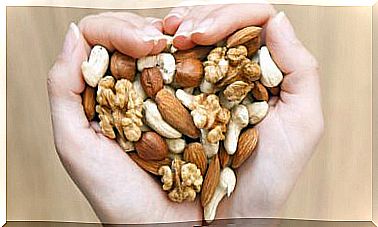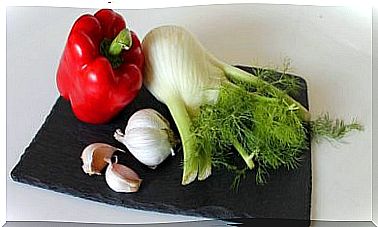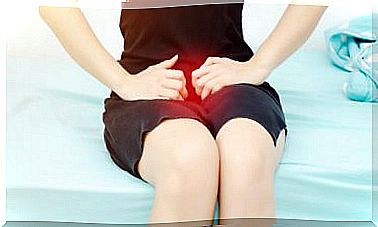All About External Otitis: Causes, Symptoms And Treatment
Otitis externa, also known as swimmer’s ear, is painful irritation of the outer ear. In this condition, the skin of the ear canal becomes infected or inflamed. It is a common disease in children who spend a lot of time swimming or playing in the water, but it can also occur in people who expose their ears to high humidity for a long period of time.
When water or moisture enters the ear, it can dissolve the wax that protects the ear. If this occurs, the skin of the ear canal is much more sensitive to both bacterial and fungal infections. External otitis is very common in humid tropical areas, since there the humid climate is conducive to the growth of microorganisms such as bacteria and fungi.
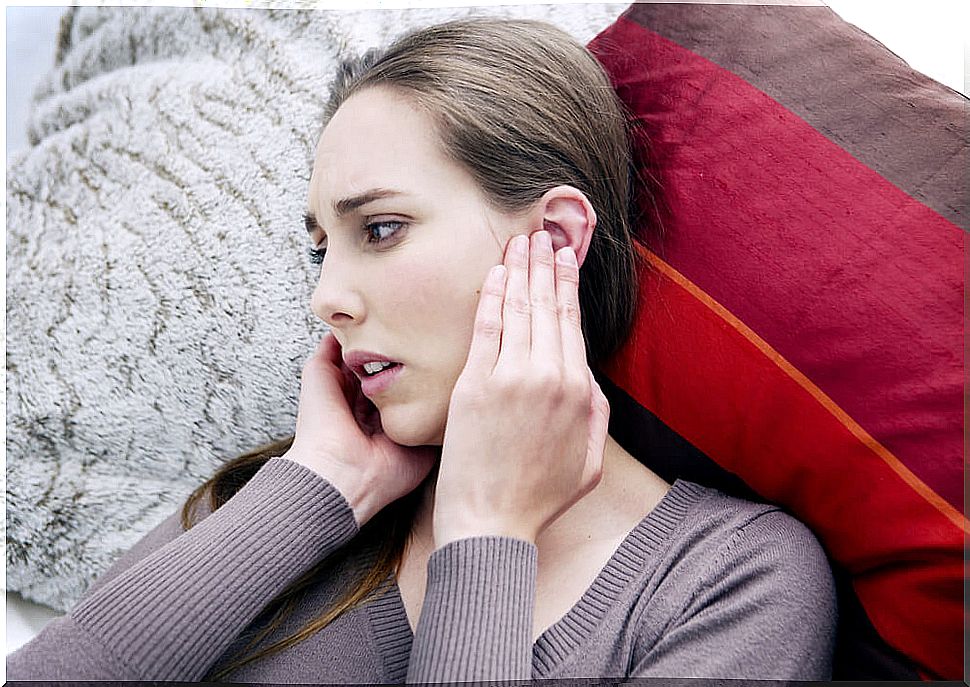
What is the outer ear?
The outer ear is the outer part of the ear that collects sound waves and directs them into the ear. It is made up of 3 parts:
- Auditory pinna.
- Auditory canal
- Eardrum.
Auditory pinna
It is the only visible part of the ear, the ear. It has a helical shape and works as if it were a kind of funnel. Helps direct sound into the ear.
If we did not have a pinna, the waves would take a direct direction towards the ear canal, which would make the hearing process more difficult and ineffective since much of the sound would be lost and it would be more difficult to hear and understand the sounds.
Auditory canal
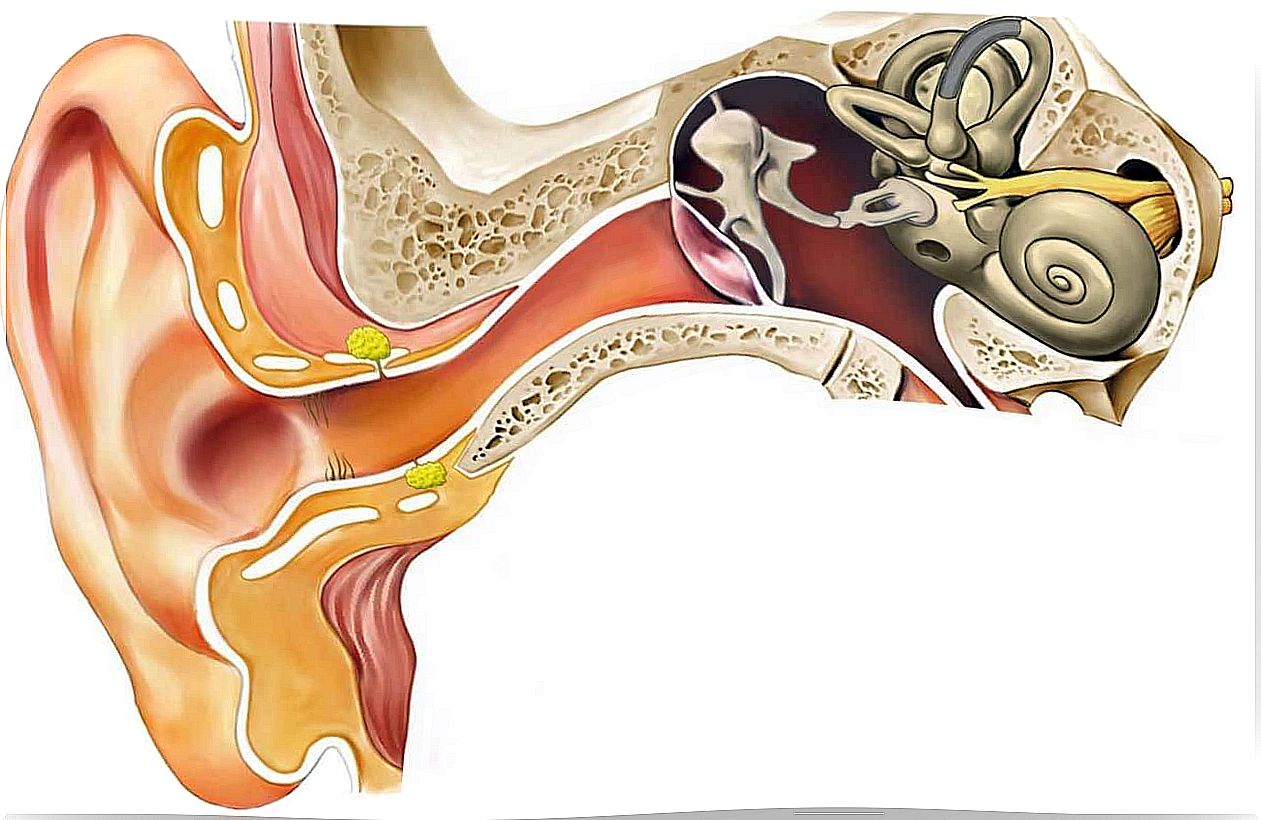
It is the channel through which sound waves travel once they have passed the auditory pinna. Therefore, the function of the auditory canal is to transmit the sounds that the ear picks up to the eardrum. In addition to protecting the eardrum, it acts as a natural hearing aid that automatically amplifies low, less penetrating sounds.
Eardrum
Also called the tympanic membrane. It is, as its name suggests, a membrane that is at the end of the ear canal and marks the beginning of the middle ear.
It is a very sensitive organ and when it perceives sound waves, it vibrates. To protect it, the ear canal is slightly curved making it more difficult, for example, for insects to reach it. Also, ear wax helps keep external agents at bay.
Why does external otitis occur?
The most common cause of external otitis is swimming or bathing in polluted and dirty water. However, environments with high humidity, even when there are no polluting agents, can provide ideal conditions for infection.
In addition, the use of swabs, which are in theory designed for the hygiene of the ears, can be the cause of external otitis. The skin of the ear canal is quite delicate and fragile, so a cotton swab can, without too much difficulty, break the skin and allow moisture to cause an infection.
There are other less likely causes that can also cause the same damage are the obstruction of the ear canal or injuries from short sharp objects inserted into the ear. On the other hand, if a patient has external otitis and uses hearing aids, it can be quite a problem since the device plugs the ear completely, which helps to form infections.
As for prevention, it is important to ensure that no water remains in the ears after bathing. Ears should be dried with a towel or a blow dryer on the lowest setting. In addition, children should be limited in their bathing time by taking breaks of at least one or two hours.
Symptoms
The external otitis produces the symptoms when the infection is accentuated. Within the symptoms that this disease produces, we can observe in patients:
- Pain and inflammation in the affected area.
- Purulent discharge with a bad smell.
- Itching and hearing loss in exceptional cases. In these cases it is important that the patient see a doctor as it can lead to a chronic infection.
Treatment of external otitis
Fortunately, this disease is easy to treat and it is usually cured without any problems as long as the recommended treatment is respected and followed.
The basis of this treatment is the administration of ear drops with antibiotics, corticosteroids or antifungals. The doctor may also prescribe oral antibiotics depending on the degree of infection. Corticosteroid drugs are also effective in directly treating inflammation and itching.
All these drugs are usually administered together with an adjuvant treatment based on NSAIDs (non-steroidal anti-inflammatory drugs) such as ibuprofen and paracetamol in order to relieve pain.
